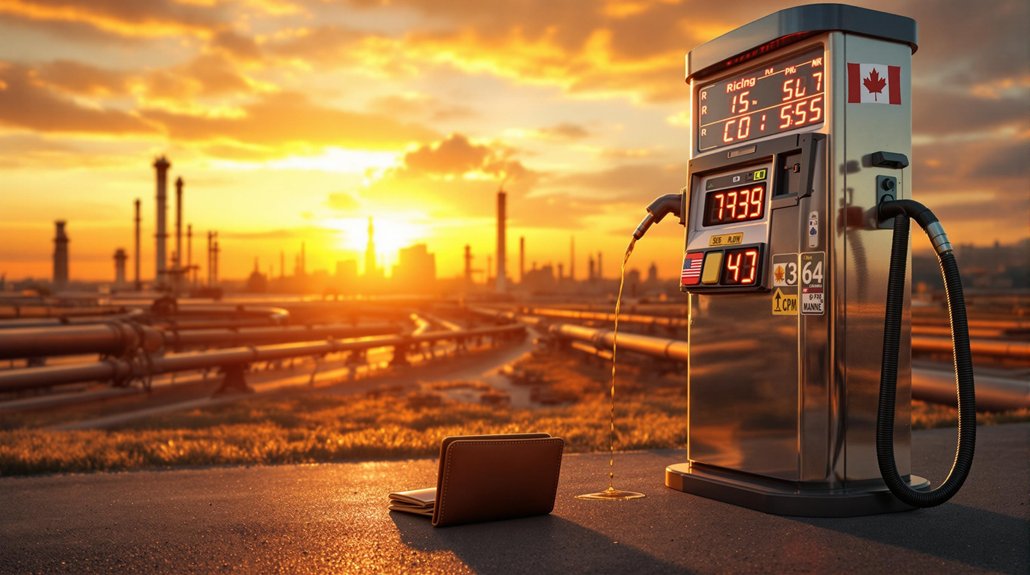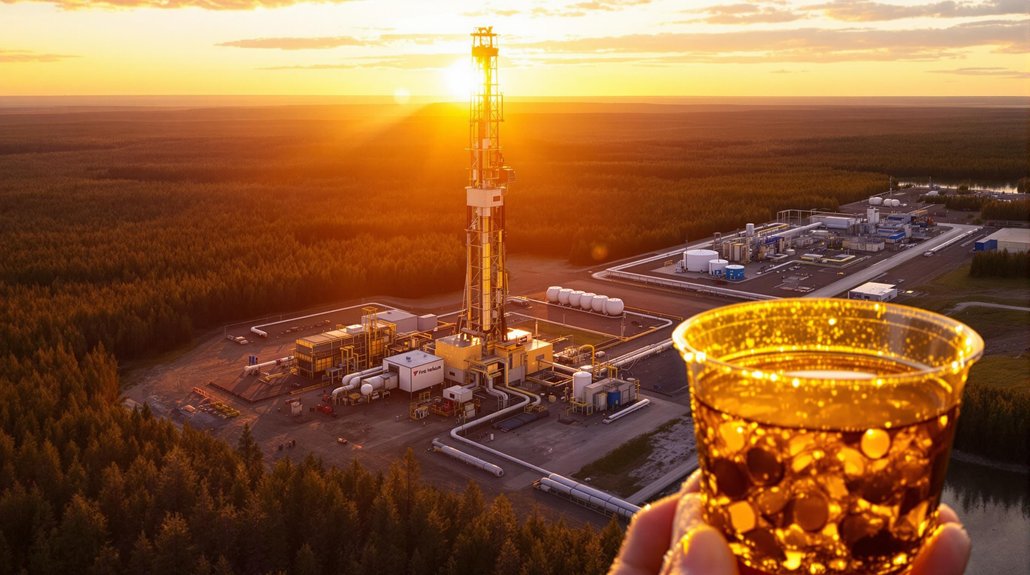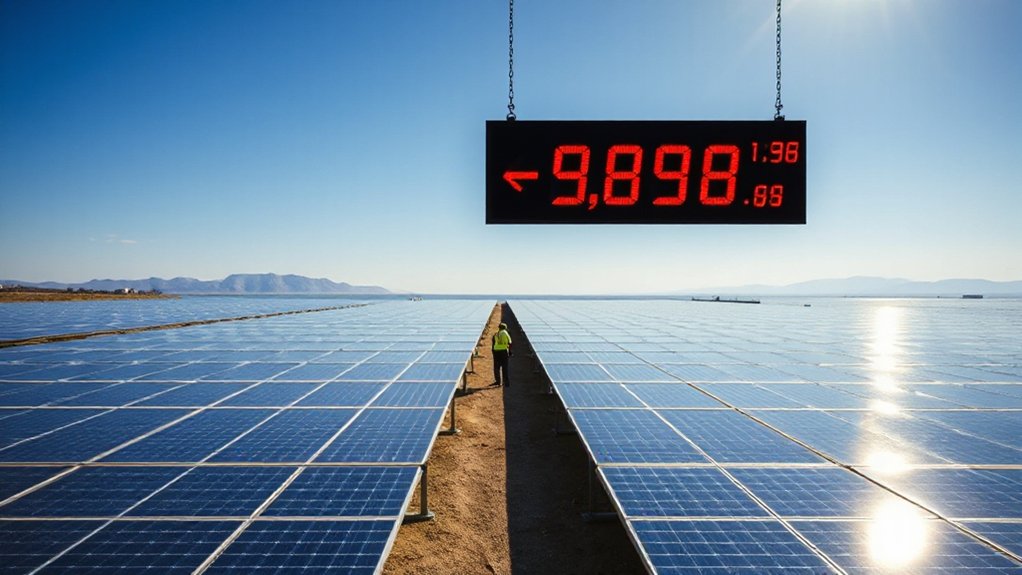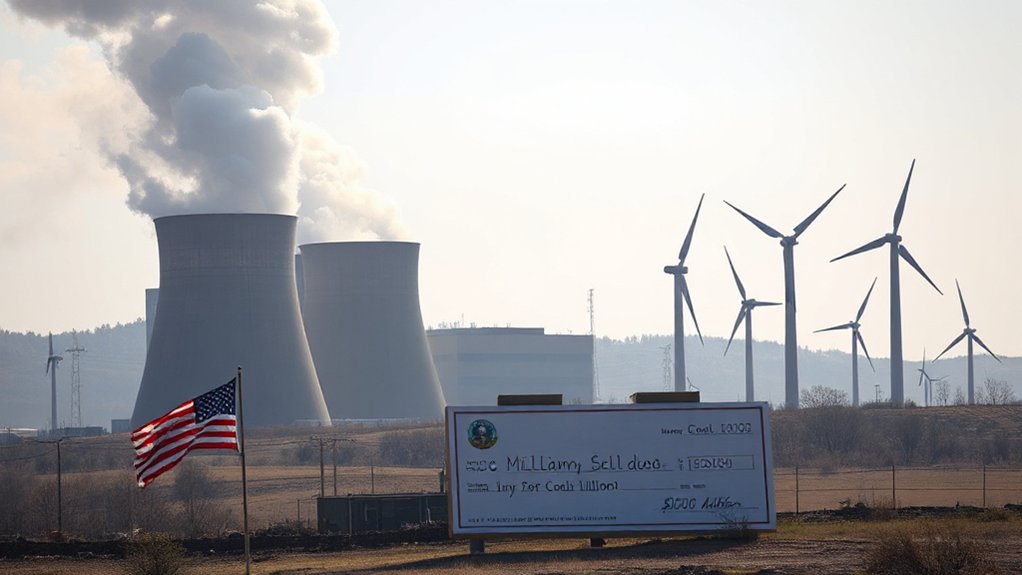Pipeline giants warn Trump’s new 10% tariff on Canadian oil will hit Americans where it hurts – right at the pump. Northeast drivers could face a brutal 40-cent jump per gallon, while Midwest and Great Lakes regions aren’t far behind. The average family might shell out up to $2,000 more annually. Yeah, food’s getting pricier too. Some companies might absorb costs, but don’t hold your breath. The pain’s coming faster than you think.
As Trump’s new tariff policy takes effect this March, Americans are bracing for a hit to their wallets at the gas pump.
Pipeline industry leaders are sounding the alarm that the newly implemented 10% tariff on Canadian energy resources will directly translate to higher costs for consumers. No surprise there.
The numbers tell a painful story. With the U.S. importing a massive 4 million barrels of Canadian oil daily, that 10% tax isn’t just disappearing into thin air. It’s heading straight for your wallet.
Drivers in the Northeast could see price jumps of 20-40 cents per gallon. The Midwest, where 70% of Canadian oil gets refined, faces increases of 5-20 cents. Great Lakes residents? Looking at 10-25 cents more per gallon. Ouch.
“These price impacts could hit some regions within days,” warned a GasBuddy analyst. Other areas might get a brief 1-3 week reprieve before feeling the pinch. The national average currently sits at $3.11 per gallon. Do the math.
It’s not just gas, either. Chet Thompson, CEO of American Fuel and Petrochemical Manufacturers, has criticized the tariffs for failing to enhance energy security while increasing costs. Financial experts recommend using cash back rewards from credit cards specifically for fuel purchases to offset some of the coming price hikes. The typical American family is looking at an annual cost increase between $1,600 and $2,000 thanks to the broader tariff policy.
Food prices up 2%. Fresh produce jumping 3%. Cars getting pricier. So much for those tax cuts.
Mexico isn’t escaping the tariff net either, with its 450,000 barrels per day to the U.S. now facing a hefty 25% tariff. Same goes for Chinese imports at 10%.
The administration claims these measures will boost the American economy and fix trade imbalances. Tell that to your empty wallet.
Some companies might absorb part of the costs. Might. Global economic weakening could potentially offset some effects.
The U.S. remains a crude oil production powerhouse, with domestic output expected to increase in 2025. Small comfort when you’re staring at that gas pump number spinning higher than last week.
Bottom line? Americans will pay more. Period. Thanks, tariffs.









